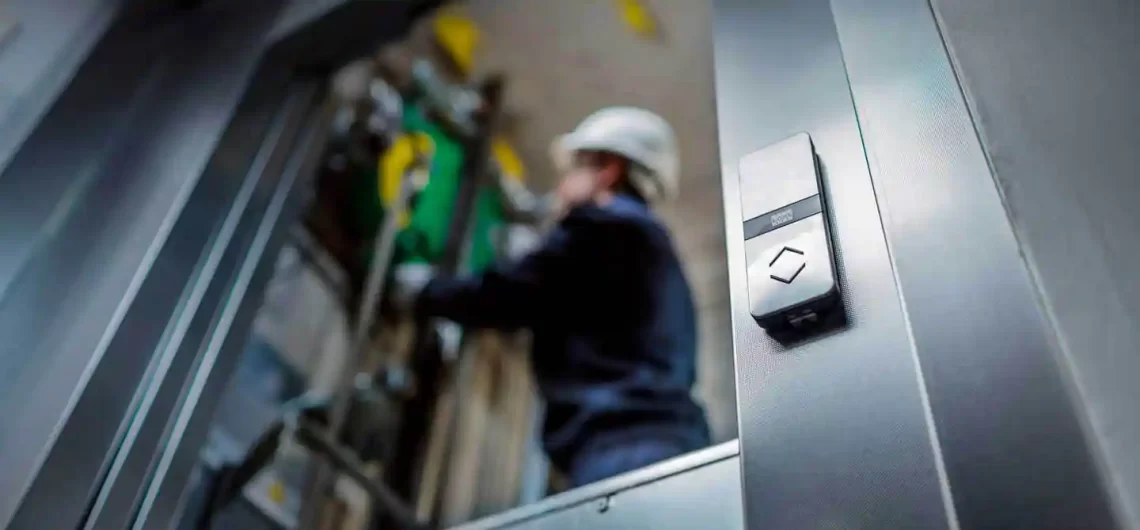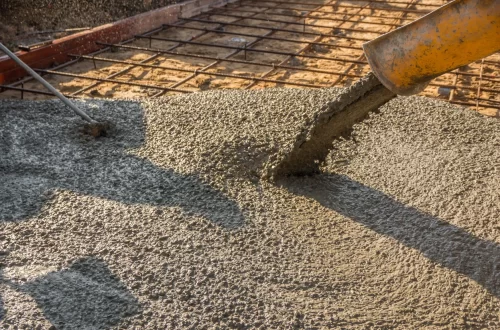Problems with elevators that aren’t expected can stop them from working, make people feel bad, and even put their safety at danger. Most of the time, it’s harder to get the proper professional to come at the right time with the correct tools than it is to fix the problem.
Organizations can make fault code routing easier and service reaction faster by combining smart automation with little or no manual coding. IoT Integration for the Elevator Industry often holds the key to making this work smoothly by letting choices be made in real time based on data.
Learning About Low-Code Automation for Upkeep on Elevators
Low-code platforms let teams make processes and change them without having to know how to code. When used for elevator fault management, they can easily figure out what the fault codes mean and start the right process.
- Setting up and making changes doesn’t take much knowledge of coding.
- Can work with maintenance management tools that are already in place.
- Lessens the need for IT backlogs to make changes to processes.
Getting the Right Crew Fault Codes

Finding the right technician for a problem isn’t just a matter of access; it’s also a matter of skill. Skill sets and licenses can be used to automatically sort jobs with low-code tools.
- Based on skill databases, crew orders are made.
- Automatically takes into account where the expert is located to get to them faster.
- Real-time information on whether a job has been accepted or moved.
Making Sure the Right Spare Parts are Ready
Just having the repair crew show up isn’t enough; they also need the right tools. When automation is used, requests for parts can be sent as soon as a problem is found.
- The fault code goes straight to the parts that are needed.
- Stock checks happen on their own.
- Purchase teams are sent alerts when items need to be restocked.
When you add sensor-based problem reporting into low-code workflows, the process does not wait for issues. It can fix things early. So, using IoT Integration for the Elevator Industry is no longer just something extra. It is a smart idea that will help lower downtime. It will also make the quality better for people who use it.
Timely and accurate handling of elevator faults is no longer just an ideal; it’s a real possibility. Companies can make sure that every fault code immediately leads to the right crew, the right time, and the right parts with low-code automation. As a result? Better processes, happy tenants, and a maintenance ecosystem that works better.






